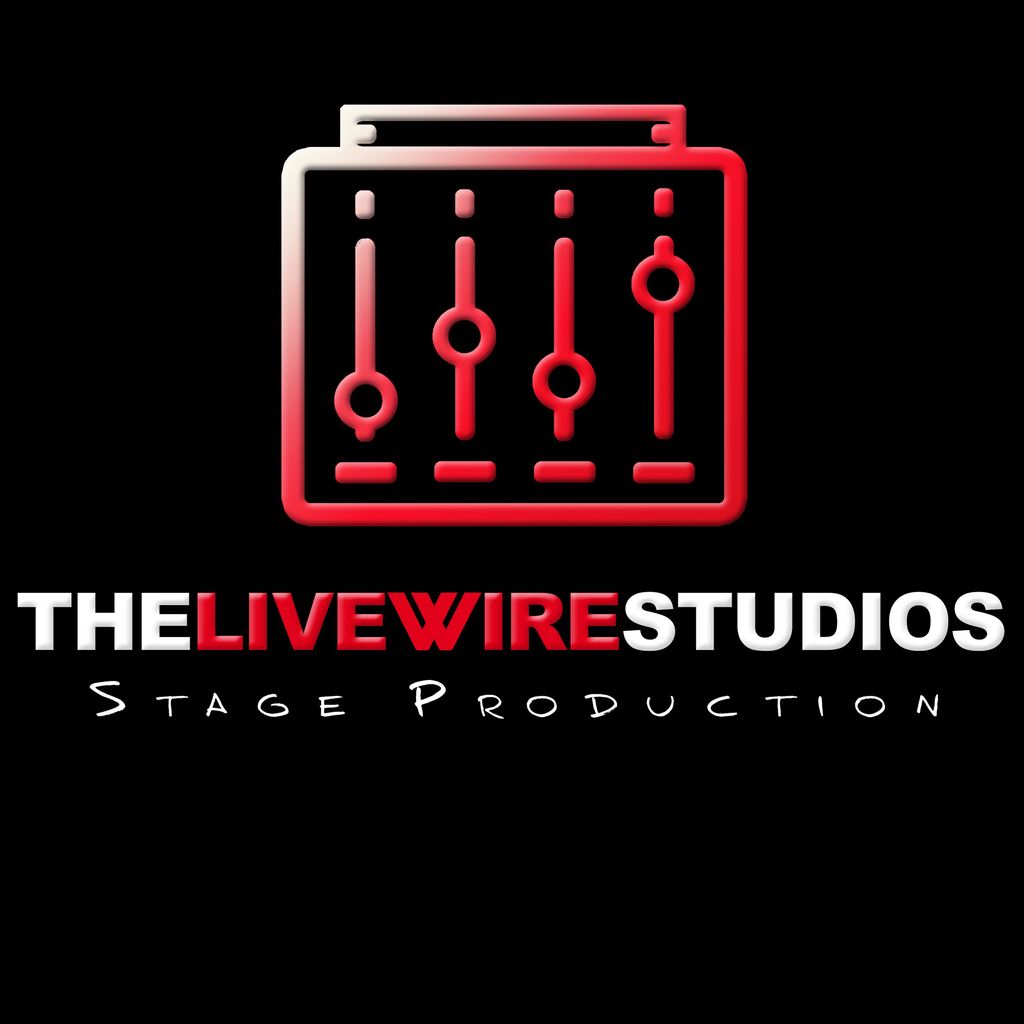Conquering Challenges in the Craft of Visual Projection Projection Mapping Implementation
Wiki Article
Video projections mapping technology is an exciting method that transforms common areas into dynamic presentations. This method allows creators and designers to cast images and footage onto objects like buildings, statues, or theaters, creating an engaging aesthetic experience. However, despite its capabilities, executing video projection mapping successfully comes with several obstacles. Understanding and overcoming these hurdles is crucial for anyone seeking to create impactful projection art.
One of the main difficulties in video projection mapping is ensuring that the projected graphic aligns accurately with the surface. This procedure, known as "mapping," requires accurate measurements and figures. If the projection is not matched correctly, the visuals can look warped or misplaced. To tackle this issue, artists often use specialized software that assists in mapping the graphics to the object's dimensions. Moreover, conducting comprehensive tests before the final projection can help identify any misalignments and enable for adjustments to be made.

Another significant challenge is the varying luminosity and color of the displayed images. Different materials react variously to illumination, which can affect how the shades appear once cast. For instance, a light-colored surface will bounce brightness variously than a dark one. To tackle this, artists must think about the surface characteristics before selecting the hues and brightness for their projections. Testing the display on the actual surface during the preparation phase can provide essential insights into how the final show will look.
Technological difficulties can also pose a hurdle in video projection mapping. Problems such as equipment failure, software glitches, or network problems can disrupt the entire production. To reduce these risks, it is vital to conduct thorough equipment inspections and have backup plans in position. This can comprise having extra cables, projectors, and even alternative software choices ready to go. Being prepared for technological difficulties can ensure a more seamless implementation of the projection.
Finally, viewers' engagement is an important aspect of video projection mapping. While the graphics are key, how the viewers you can look here engage with the presentation can make a big impact. Artists must consider about how to create their displays to attract viewers’ focus a great post and promote interaction. This can entail incorporating elements that invite participation or create a narrative that resonates with the audience. Gathering feedback from test audiences can also help refine the presentation to enhance engagement.
In conclusion, addressing challenges in video projection mapping demands meticulous preparation and innovation. By tackling the issues of matching, luminosity, technological issues, and viewer engagement, creators can produce stunning and impactful projections. With the appropriate approaches in position, video projection mapping can change common areas into extraordinary experiences, captivating audiences and leaving a lasting impact.